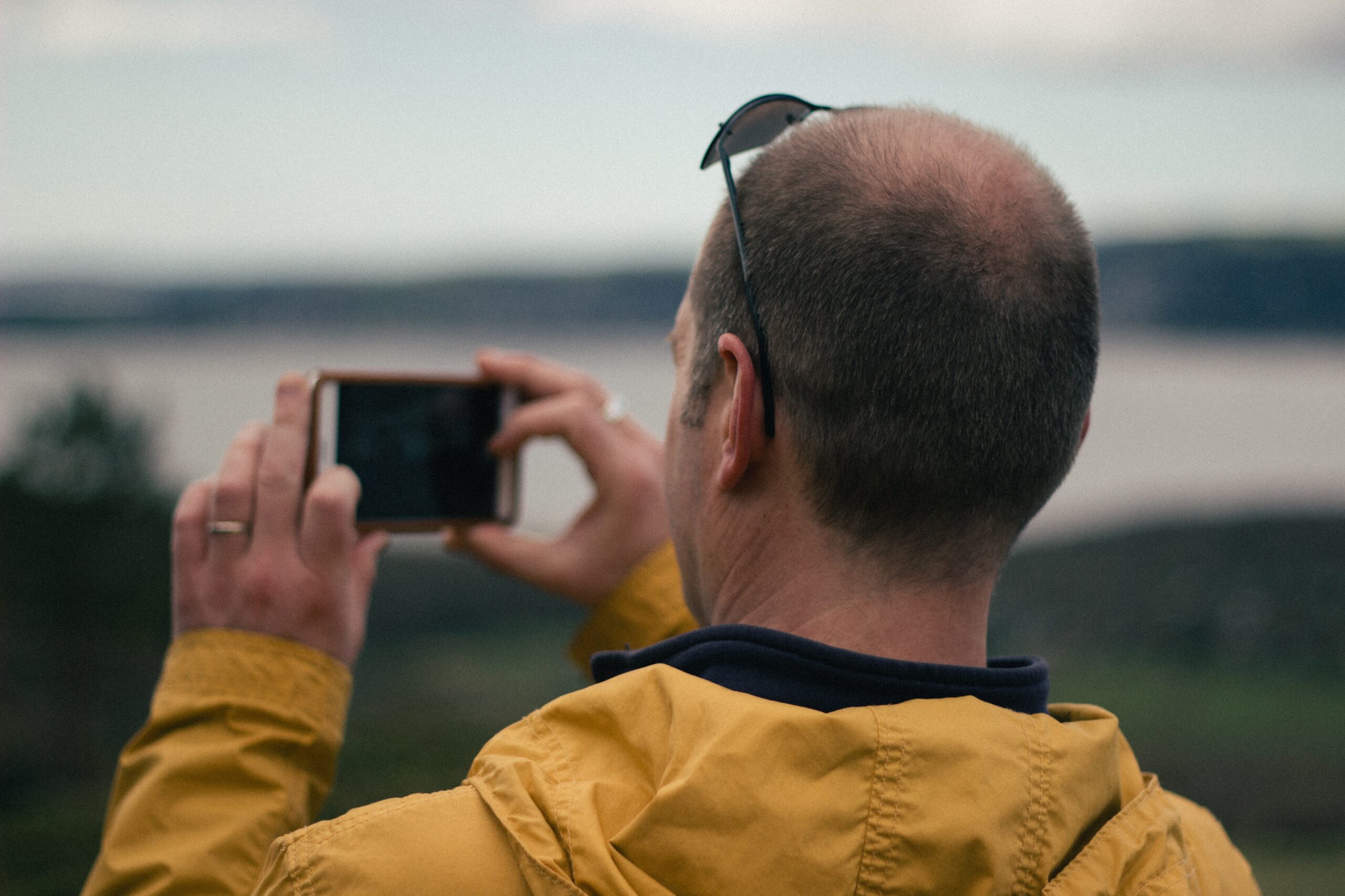Whether you’re a novice birdwatcher or an age-old pro, you’ve probably heard about the Cornell Lab of Ornithology’s eBird app. In fact, it’s more than an app—it’s an online birding database where anyone who’s interested in birds can document their bird sightings. It also has a number of digital birdwatching tools to enjoy. Here’s an introduction to eBird, including how to start using it and its best features.
What is eBird?

The global online birding database is part of Cornell Lab’s Citizen Science program. These programs are designed to encourage people—young and old—around the world to record their bird sightings and observations. Their notes are not only useful for their own amusement, but for scientific research.
The digital database is available as an iOS and Android app, and as a desktop download.
Why is eBird Every Birder’s Dream?
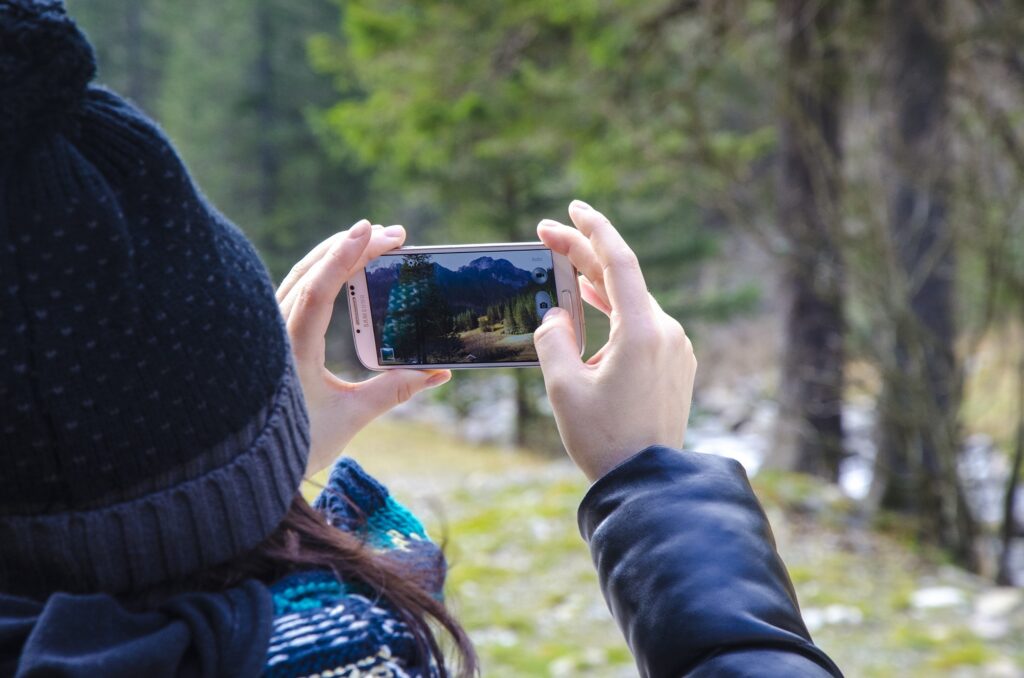
Want to become part of the world’s largest birding community? eBird gives you that connectivity. It’s a place where you get to share bird lists, field photos, bird vocalizations and calls, and observations with other birding enthusiasts. On a personal level, eBird is like having all the best birding equipment in your pocket. From digital bird checklists and real-time maps of bird sightings to audio recordings and full-color bird photos (including rare species, like those found in Big Bear), eBird offers a bevy of birding tools.
Why is eBird Important for Science?
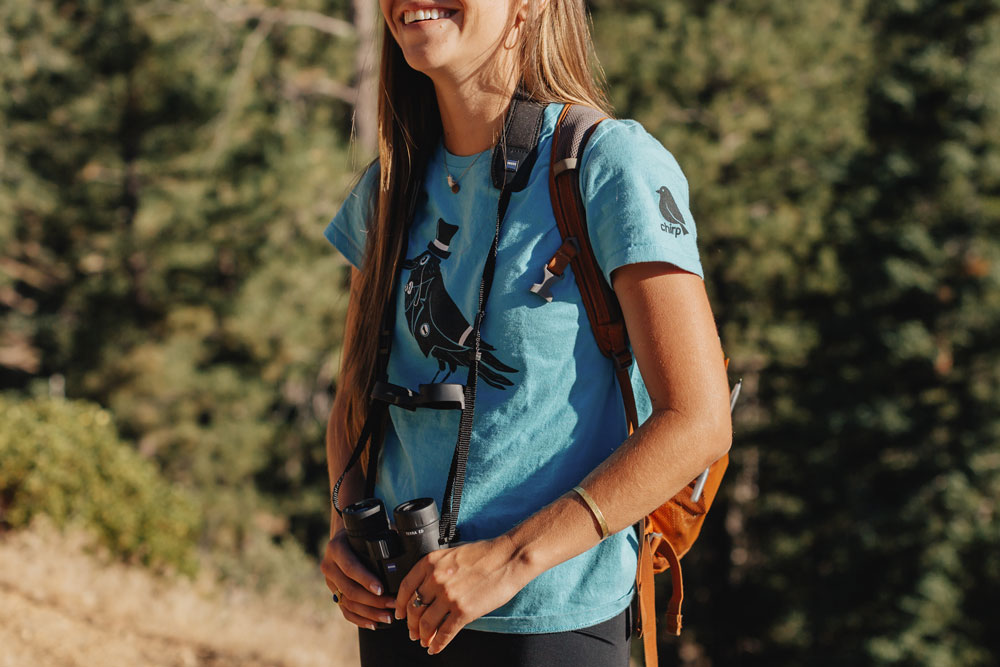
Through the information you record on eBird, you’re helping scientists get a clearer picture about how birds around the world are affected by climate change, habitat loss, and other events. In effect, as a Citizen Scientist, you’re collecting data like any scientist. And there’s the knowledge that you’re having a real, positive impact on the future of birds and our planet. In fact, here are some impressive eBird statistics, made possible by bird lovers just like you:
- eBird collects over 100 million bird sightings each year.
- Last year, 374,682 birders contributed to eBird data, including more than 36.1 million bird checklists.
- Using eBird data, scientists were able to update range maps for more than 1,000 bird species.
- eBird data helps scientists understand poorly understood species, like the Giant Hummingbird in Chile and its migration patterns.
How to Get Started with eBird
Whether you’re using the mobile or desktop version of eBird, you’ll first need to create a free Cornell Lab account. This should take just a few seconds. You’ll then use the login details (username and password) you chose during this process to log into eBird. After confirming your email address (look for an email from eBird, and click the “Activate account” button), you’re ready!
If you’re an eBird mobile user, you can take your smartphone or tablet with you on neighborhood strolls, nature walks, birding trips, or your backyard. Use the app to make notes and recordings of the birds you see. If you’re a desktop eBird user, take notes in a hardcopy birding journal while out in nature. Once home, you can transfer your notes to the eBird database.
Need more help, or just want a walk-through of how to use eBird? Check out Cornell Lab’s free eBird Essentials courses, as part of their online Bird Academy.
How to Get the Most out of eBird
Download packs. An eBird “pack” is a list of birds you can expect to see in a given region. eBird suggests you download the pack from the region where you live. You can also download packs for places you visit and plan to go—anywhere around the world.
Search birding hotspots. Use the eBird “Explore” function to explore species that have been spotted within a certain area.
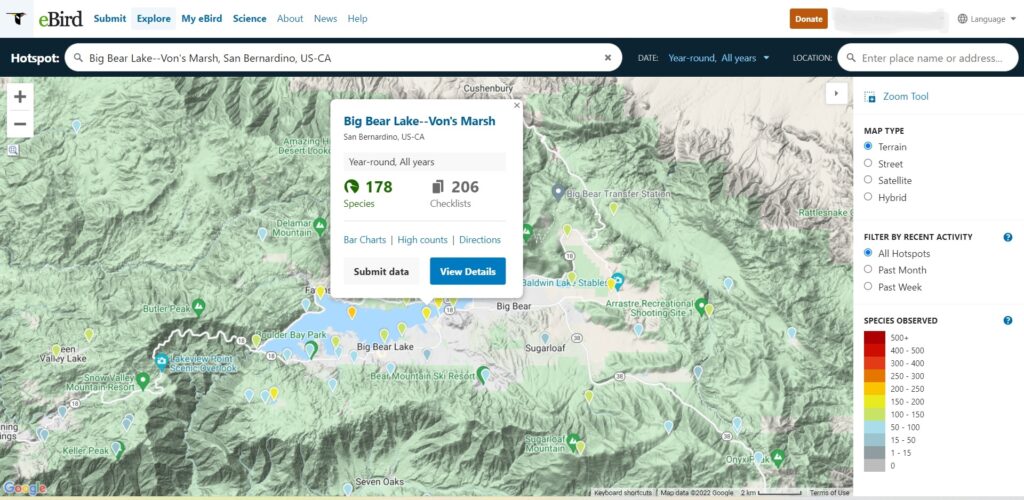
Search photos of birds. Having trouble identifying that bird? Use the “Search Photos and Sounds” function of eBird to search the bird by location and date seen, and other filters like bird behavior (preening, foraging, etc.) and sounds (song, call, etc.).
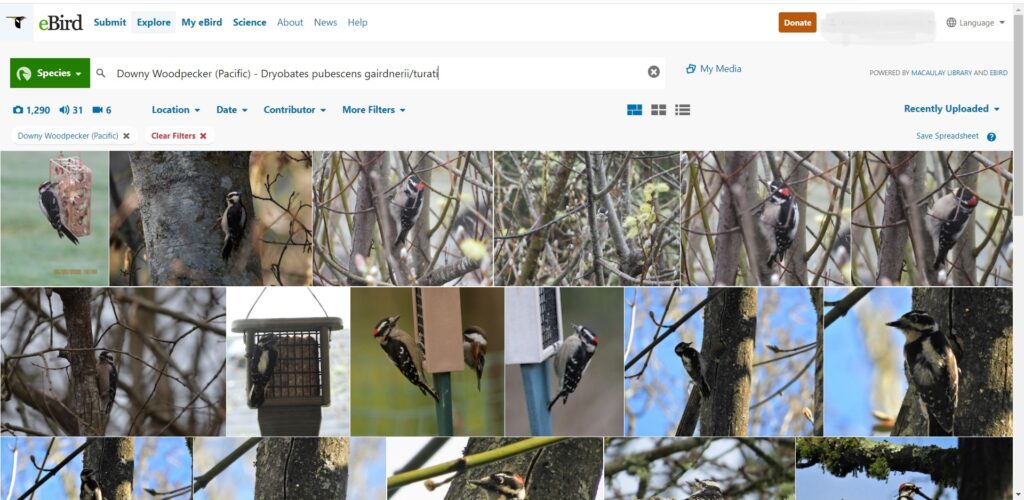
Use with Merlin Bird ID. Another app offered by Cornell Lab, Merlin Bird ID is the perfect complement to eBird. Merlin helps you identify birds primarily by sound. Simply record the bird vocalization using the smartphone app (desktop versions are available too). Merlin will suggest possible birds based on those likely to be found in the area. The app has many additional highlights: bird photo libraries, step-by-step ID tools, and digital “scrapbooks” of your bird lists.
Other Citizen Science Projects to Try
Excited to see what other free resources Cornell Lab has to offer? Here are some of the other Citizen Science projects they offer:
- Celebrate Urban Birds: This community science program seeks to support better science through increased access to nature outreach programs for people in urban areas.
- NestWatch: This nest-monitoring program—which can be done by anyone, anywhere—tracks bird nesting habits via the NestWatch mobile app. This data helps scientists and environmental experts study bird breeding and track the population. NestWatch resources also include information on building or choosing a proper nesting box for certain bird species.
- Project FeederWatch. One of our favorites, Project FeederWatch encourages bird feeding in winter, a time when birds need it the most. Running from November to April, the project has participants record the number and types of bird species at their bird feeders during a set period of time. Cornell Lab and other scientific and conservationist organizations use this data to monitor the current state of the bird population.
Are You Ready for the Global Big Day?
Every year, birders around the world use eBird to report as many birds sightings as they can in a 24-hour period. This year, Cornell Lab’s Global Big Day is on May 14, 2022.
Come Bird with Us

Join us at the Chirp Nature Center for some fun-in-the-sun summer activities, birding style!
- May 7th: We’ll have our first Bird Walk of the season at Big Bear Lake.
- May 14th: Join us in the Chirp backyard for an extra-special bird talk on Bald Eagles. We’ll also discuss local stars, Jackie and Shadow, and their newest offspring).
- May 21st: Love crafts? Come and build a hummingbird feeder with us! Also: listen to author Susanne Strauss read her story “Little Jewel’s Remarkable Journey.” This is a special treat for young naturalists, but all ages are welcome.

